

Now when you know everything about watch straps, here's your quick guide on the use of professional tools for watch strap replacement.
(J1) Soft Mat will protect your watch and all watch band parts from damage and getting lost around. Plus, it will serve as a comfortable pad, therefore helping you avoid unnecessary movements while you work. The photo below showcases a semi-soft, non-slippery mat found in out toolkit. It will keep all the small screws in one place, plus help you protect both your watch and your watchband from getting damaged and scratched by accidentally hitting hard surfaces.
(J2) Screwdriver is one of the most important tools for bracelet replacement. It mainly serves for loosening or tightening screws on your watch's bracelet. It comes with several different tips which cover all sizes of typical MiLTAT stainless steel watchbands. The most common tip size we use here at Strapcode is 1.6 mm, but in some cases, we resort to a 1.4 mm or 1.8 mm tips (for thinner or heavier bracelets, respectively).
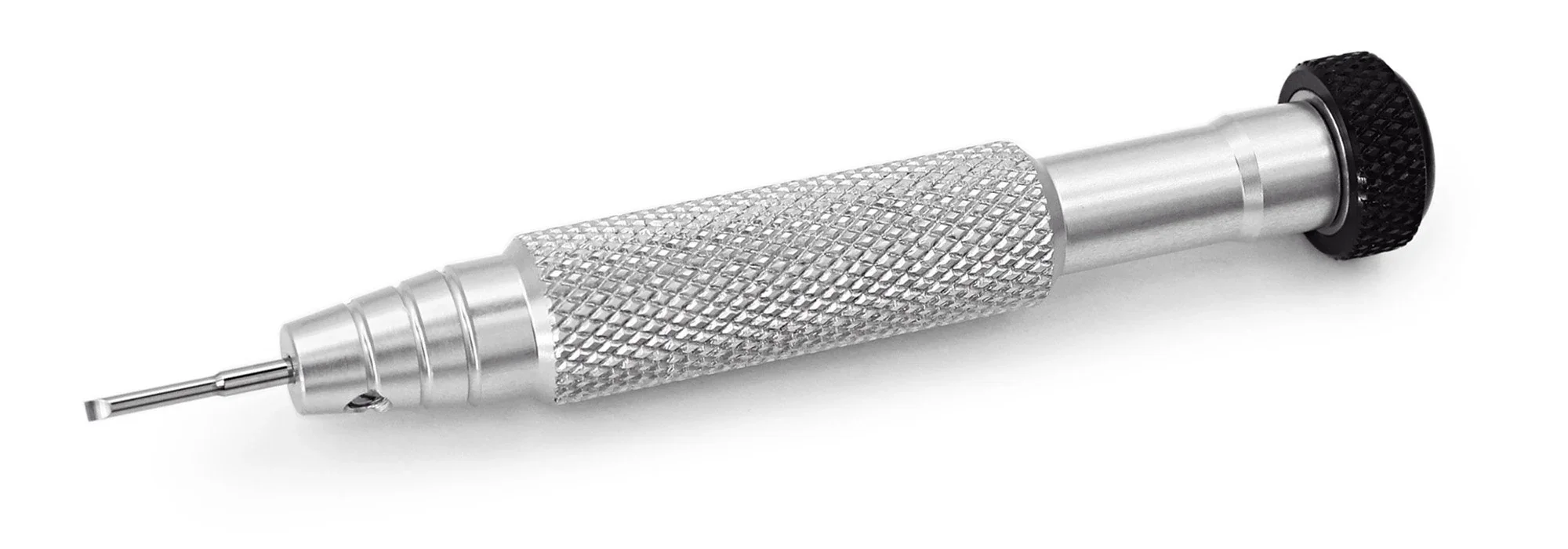
(J3) Tweezers - Your watch and your bracelets often contain such small hands that your fingers cannot help much, regardless of their size. Especially when it comes to pins, but also of good use with screws and other tiny parts, tweezers are your number 1 helper. It will help you reach and pick any small part without effort, and put it in a safe place to avoid losing it in the process.
(J4) Spring bar tool - Changing your watch band is quite easy, regardless of types of watch bands, but regardless of their kind, this job cannot go without a good spring bar tool, or, as some call it - multi tool. The Spring bar tool has two working ends: a fork end on one and a pin end at another end. Fork end serves for adjustments with spring bar flange, while pin end can be used for removing spring bars through the holes on your watch case and micro adjustments of the pins on watch buckles.
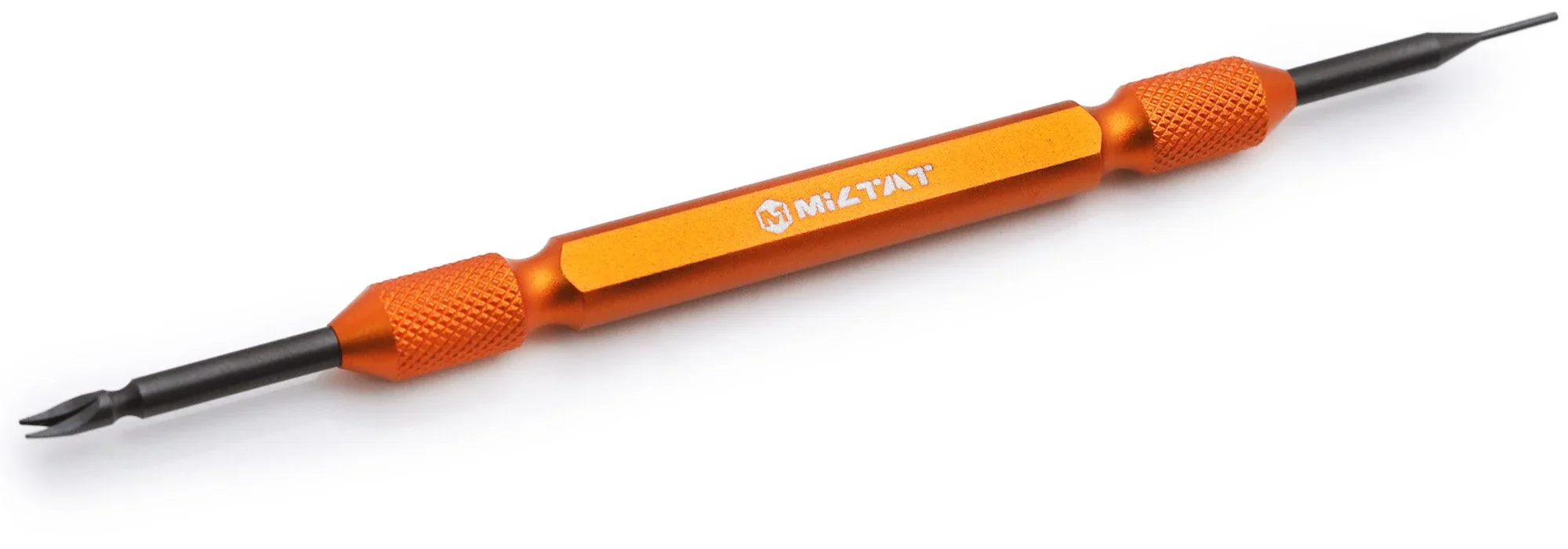
(J5) Magnifier - To those who are in need of glasses and to those who aren't, having a magnifier when looking at the tiny drill holes on their watch bands is a lifesaver. Another purpose to use a magnifier is to be able to help examine if the spring bar is fitting the lug holes properly.
(J6) Spring bar bending pliers -The main purpose of spring bar bending pliers is just one of the names for watch pin curving tool or spring bar bender. This is a useful tool for cases when your spring bar needs adjustments in order to fit the watch case. Don't take it as a helping tool if you miss the size completely though (only buying the proper one can help in that case). Spring Bar Bending Pliers can help adjust the curve and shape of the bracelet spring bar to fit your watch flawlessly without damaging it. The jaws of the bending pliers are made of high-impact nylon and grooved to hold the spring bar in place while bending. The body of the pliers is made from stainless steel and has a handy grooves on its hands, for a better grip.
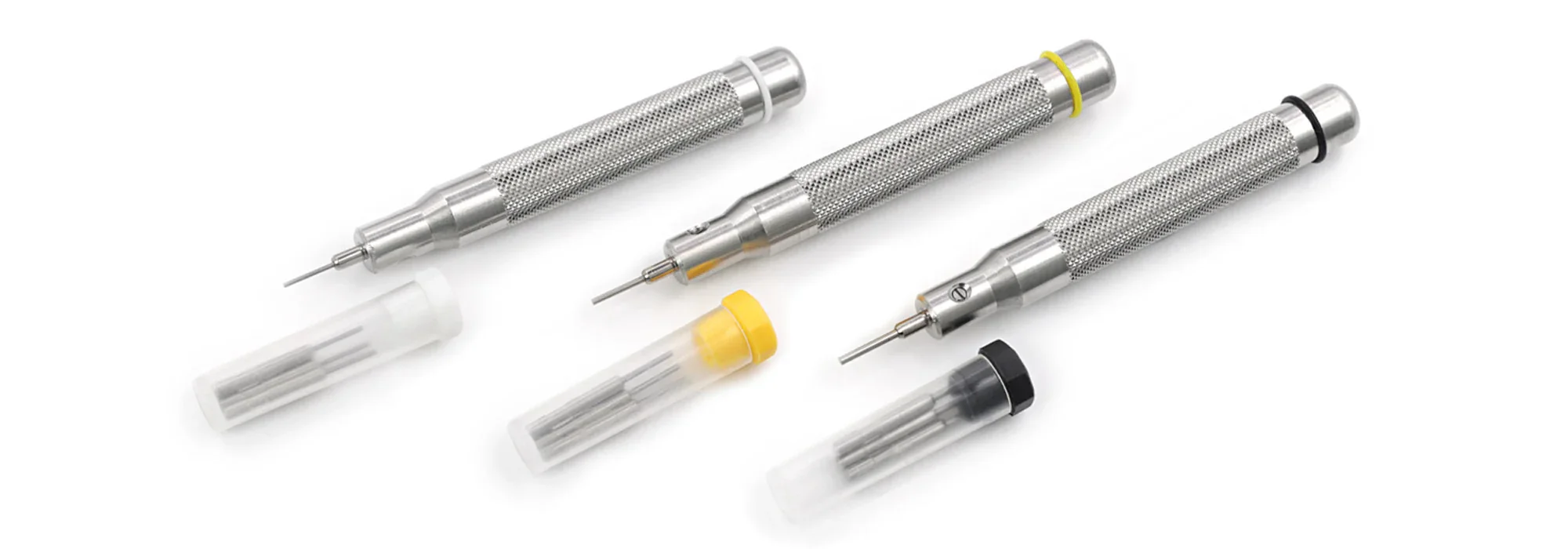
(J7) Digital Caliper - Digital calipers are measuring instruments commonly used for inspection in manufacturing to provide the precise measurements of an object. One jaw is fixed to the end of the scale, while the other jaw slides along it with precision to take measurements. The reading is electronically generated and displayed on a digital, high-resolution screen as a single value. They can help you precisely take any measures you may need to pick and set the new bracelets on your watches.
(J8) Watch band pins and collars remover - This is another handy tool for pin type adjustment. It probably won't be needed for replacing the MiLTAT bracelets as we use screws instead of pins and collars, but it is super-useful when replacing Seiko stock bracelets for example, or any other bracelet that use pins instead of screws.
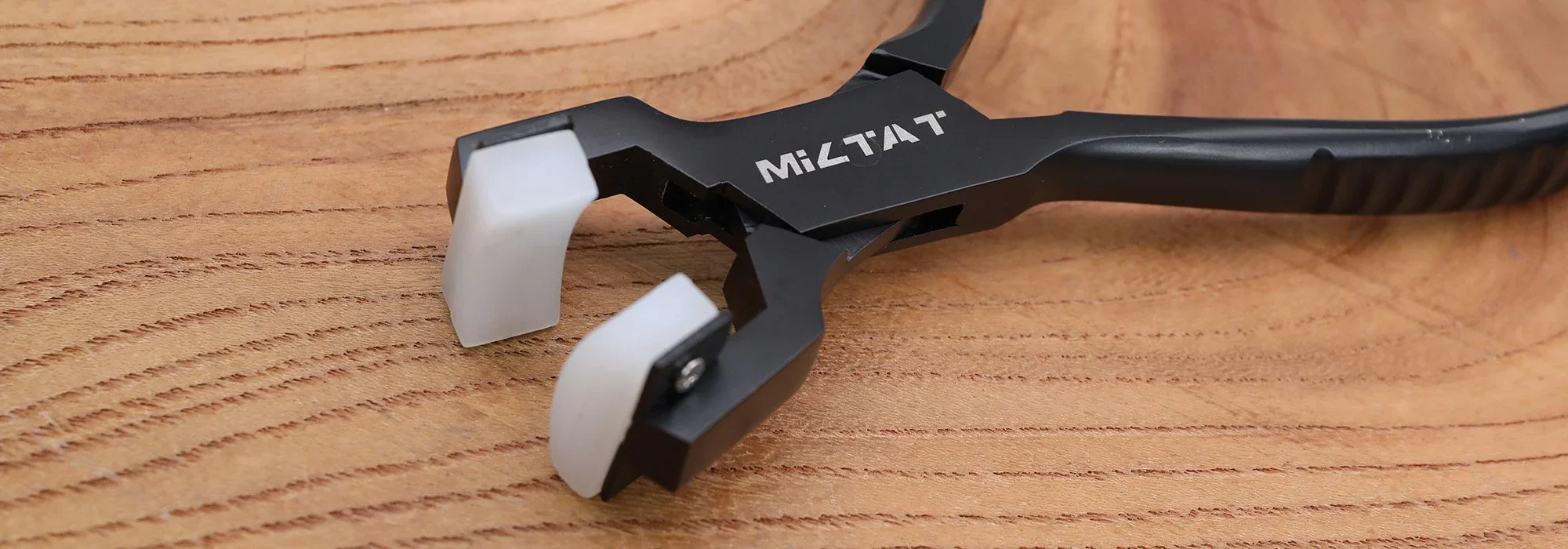
(J9) Removable tape - The purpose of using tape here is actually not for its sole purpose to hold the bracelet together, as it may seem. Instead, its main purpose is to add a layer of protection from unnecessary contact with the tools to avoid scratches on the bracelet. A temporary mounting tape such as 3M™ Removable Reposition-able Tape 665 is most often recommended for this purpose.
(J10) Watch Band holding block - It can be very helpful to have a tool that can hold your watch band steadily without having another person hold it for you while trying to remove or a tighten a screw or a pin. When we first developed bracelet holding blocks, it was mainly for our tech team's use while adjusting the bracelets. Since we already had the mold made and thought customers would be interested to pick one up to use at home, we ended up putting it into production. The response was magnificent.
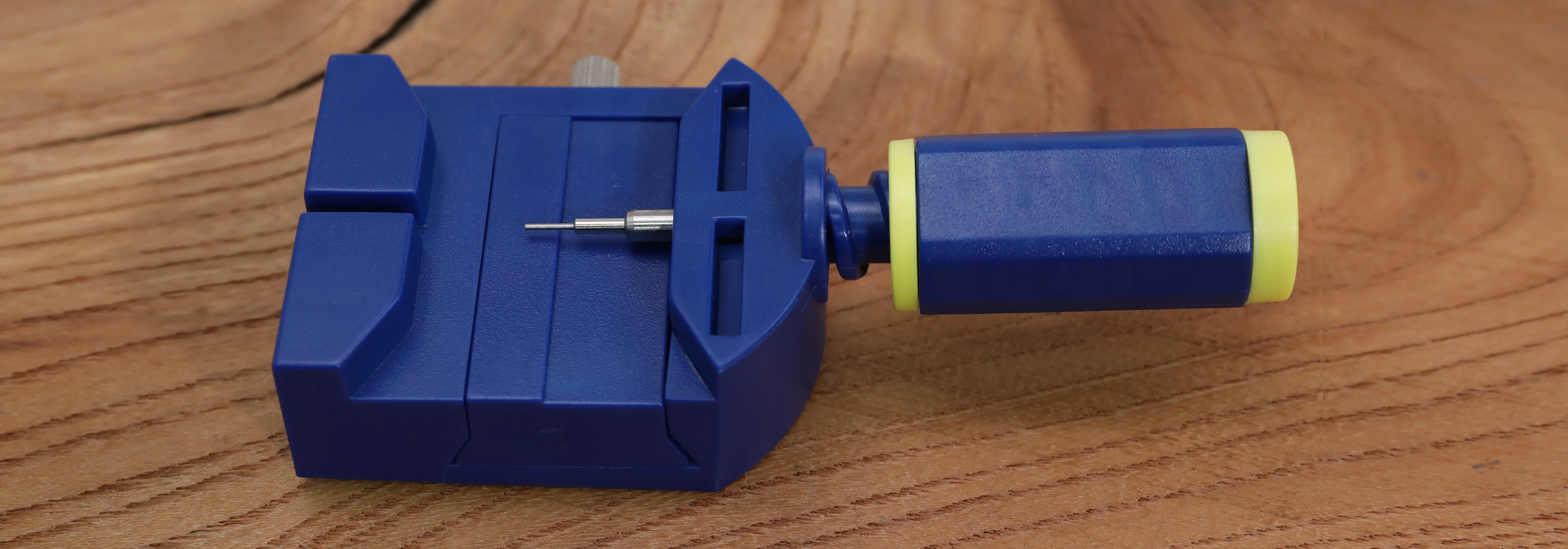
(J11) Watch Punch Pins- This is a watch band pin remover or link removal tool. Pushpins are ideal watch pin removal tools for metal watch bands with links held together by pins or push pins, such as Orient, Citizen, Seiko watch bands, etc. It is also helpful for uninstalling watch pins /spring bars from the type of watch lug with an exterior drilled hole / opened lughole.
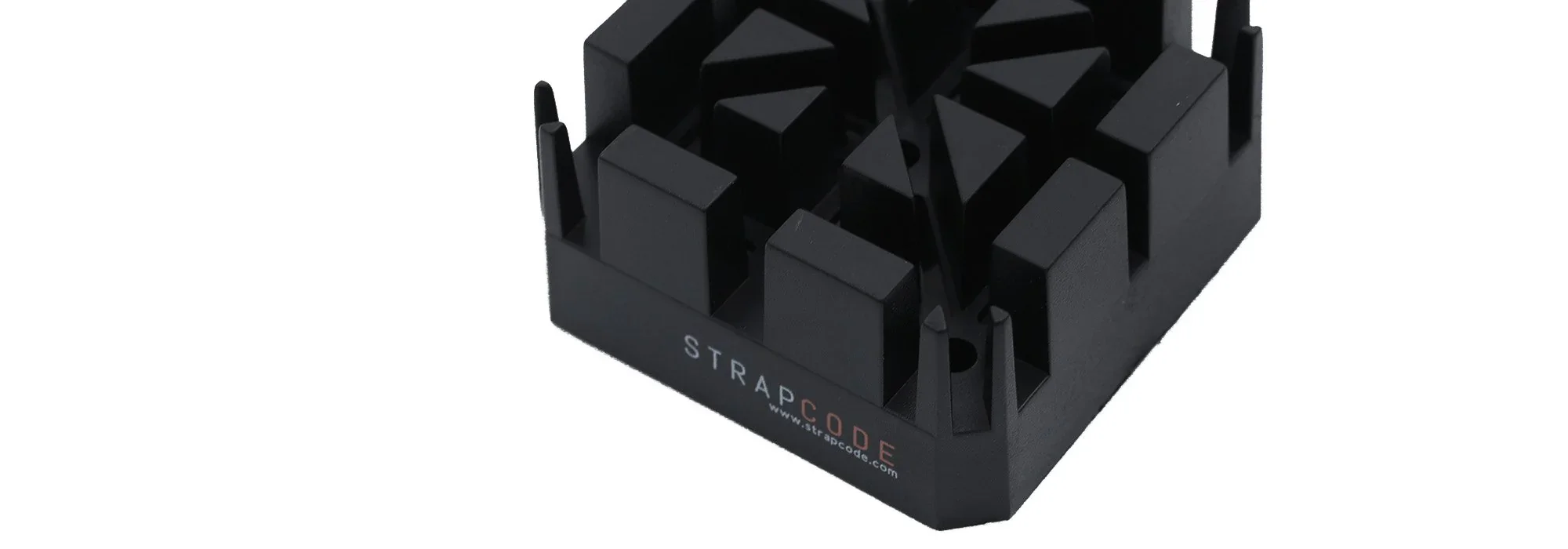
(J12) Watch hammer - A micro-hammer is also the purpose for removing friction pins while resizing your metal watch bands. For a smooth and secure application, two more tools should be used together to remove the watch band pins: Punch pin - watch band pin remover and watch band holding block. To use it, hold your metal watch band steady and in one place to avoid damage or hurting yourself (use a bracelet holding block). Then, adjust the pin punch over the desired pin and tap the punch lightly with the hammer until the pin pops through.
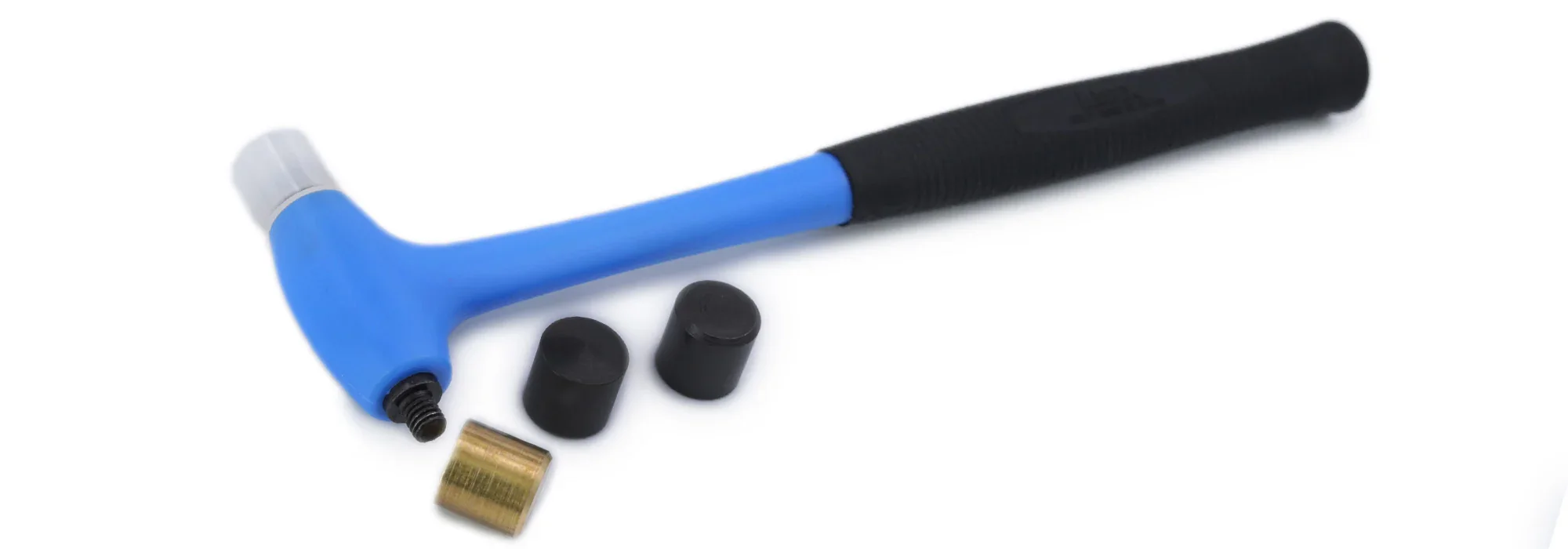
If you have any needs, please feel free to contact us and we will be happy to assist you.
